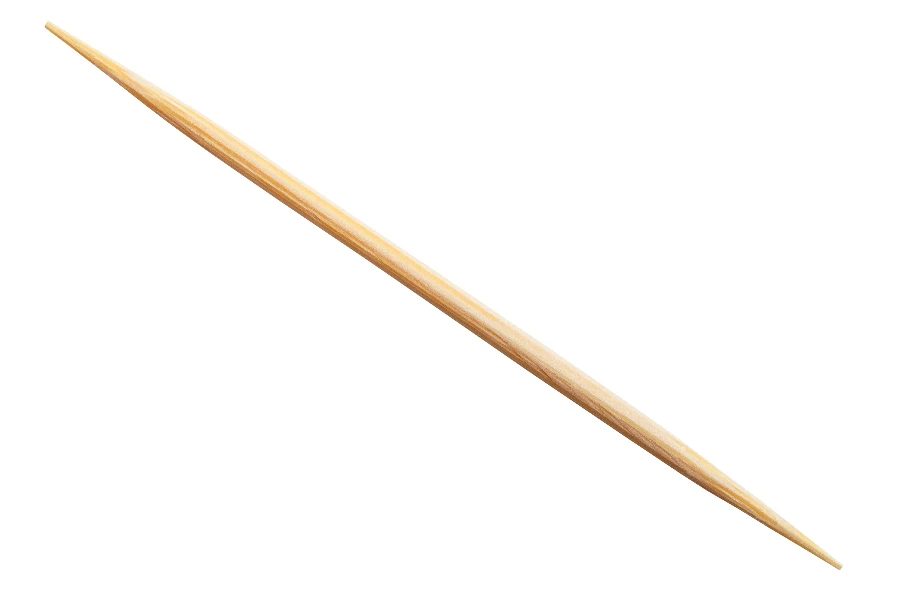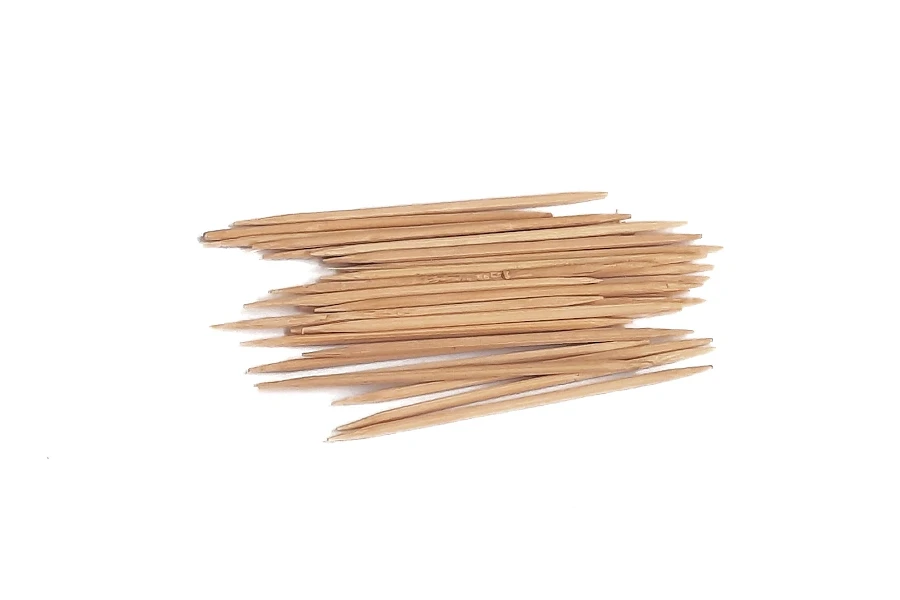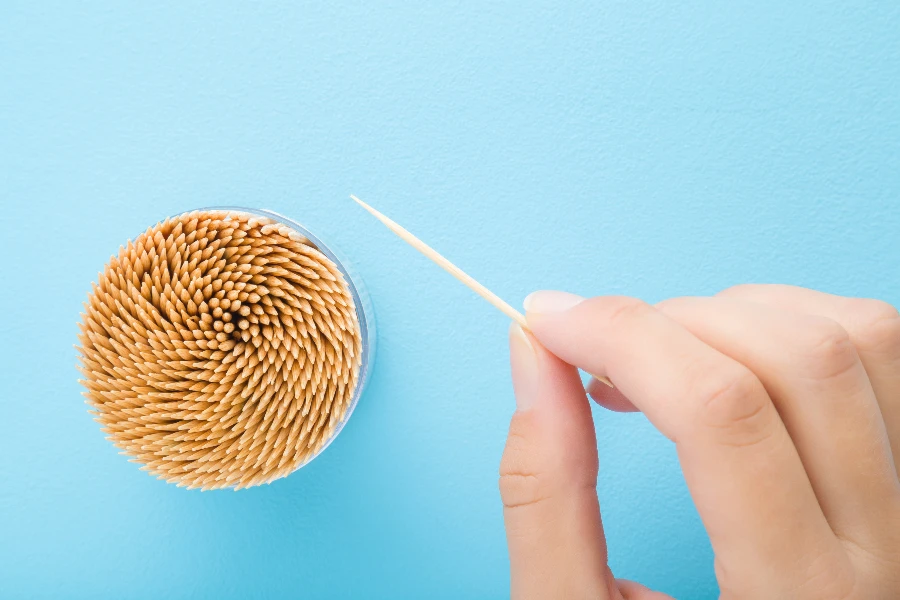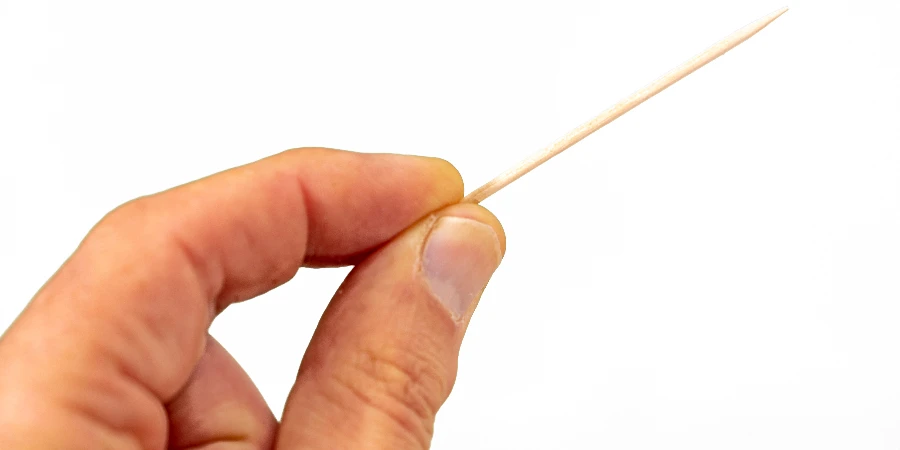In the realm of oral hygiene, the toothpick is often overlooked, yet it holds significant importance. This slender piece of wood, plastic, or metal, designed to remove debris from between the teeth, has been used for centuries. Its simplicity belies its effectiveness, making it a staple in beauty and personal care routines worldwide. This article delves into the facets of toothpicks that users find most valuable, offering insights into their proper use, benefits, types, environmental impact, and innovative alternatives.
Table of Contents:
1. The importance of toothpick in oral hygiene
2. Types of toothpicks and their uses
3. Benefits of using a toothpick correctly
4. Environmental considerations of toothpicks
5. Innovative alternatives to traditional toothpicks
The importance of toothpick in oral hygiene:

Toothpicks play a crucial role in maintaining oral health. They are not just tools for dislodging food particles; they also stimulate gums, reducing the risk of gingivitis and other gum diseases. However, their effectiveness is contingent upon correct usage. Gentle, careful maneuvering prevents damage to the gums and tooth enamel, underscoring the need for awareness and skill in their application.
Furthermore, integrating toothpicks into daily oral care routines complements brushing and flossing. While not a replacement for these fundamental practices, they offer an additional layer of cleanliness, particularly after meals when brushing may not be immediately feasible. This section underscores the importance of viewing toothpicks as part of a comprehensive oral hygiene strategy.
Lastly, the accessibility of toothpicks makes them an invaluable asset. Available in various forms and materials, they cater to diverse needs and preferences, ensuring that everyone can find a type that suits their oral health requirements.
Types of toothpicks and their uses:

Toothpicks come in several types, each designed for specific needs and preferences. Wooden toothpicks, the most traditional variety, are favored for their biodegradability and wide availability. They are effective for general use but must be handled with care to avoid splinters.
Plastic toothpicks, often equipped with textured edges or flexible arms, are tailored for a more thorough cleaning between wider gaps. Their durability makes them a reusable option for some, though environmental concerns are associated with their disposal.
Metal toothpicks, typically made from stainless steel or titanium, offer longevity and strength. They are particularly suited for individuals with tighter spaces between teeth, where precision is paramount. Despite their efficacy, metal toothpicks require a gentle touch to prevent gum damage.
Benefits of using a toothpick correctly:

Correct use of toothpicks not only aids in removing food debris but also promotes gum health. By stimulating the gums, toothpicks encourage blood flow, which is vital for preventing gum diseases. This gentle stimulation, akin to a massage for the gums, can be both therapeutic and beneficial.
Moreover, toothpicks can be instrumental in preventing tooth decay. By removing trapped food particles that contribute to plaque buildup, they play a role in maintaining tooth health. It’s a simple yet effective addition to daily oral care routines that can make a significant difference over time.
Additionally, the convenience of toothpicks allows for on-the-go dental care. This accessibility ensures that individuals can maintain oral cleanliness throughout the day, irrespective of their location or schedule.
Environmental considerations of toothpicks:

The environmental impact of toothpicks is a growing concern. Wooden toothpicks, while biodegradable, often come from trees that could be better utilized or conserved. The sustainability of the source wood is a critical consideration for eco-conscious consumers.
Plastic toothpicks pose a more severe environmental threat due to their non-biodegradable nature. Their disposal contributes to plastic pollution, an issue of global concern. Consumers are increasingly seeking eco-friendly alternatives that do not compromise oral health or the planet.
Metal toothpicks, with their durability, present a reusable option that can mitigate waste. However, the production process and material sourcing for metal toothpicks also have environmental implications. Balancing effectiveness with ecological responsibility is key.
Innovative alternatives to traditional toothpicks:

The quest for sustainable and effective oral hygiene solutions has led to innovative alternatives to traditional toothpicks. Biodegradable options made from bamboo or cornstarch offer the functionality of wooden toothpicks without the environmental drawbacks. These materials decompose naturally, reducing waste and conserving resources.
Silicone toothpicks, another alternative, combine the durability of plastic with a more eco-friendly profile. They are soft, flexible, and reusable, designed to adapt to various spaces between teeth while being gentle on gums.
Lastly, water flossers and interdental brushes provide an alternative method for cleaning between teeth. These tools, while not direct substitutes for toothpicks, offer additional options for those seeking comprehensive oral care solutions.
Conclusion:
Toothpicks, in their various forms, are more than just tools for dislodging food; they are an integral part of oral hygiene. Understanding their types, benefits, and environmental impact allows users to make informed choices. As we navigate the balance between effective oral care and environmental responsibility, exploring innovative alternatives becomes increasingly important. In doing so, we can maintain our oral health while being mindful of our planet’s well-being.




